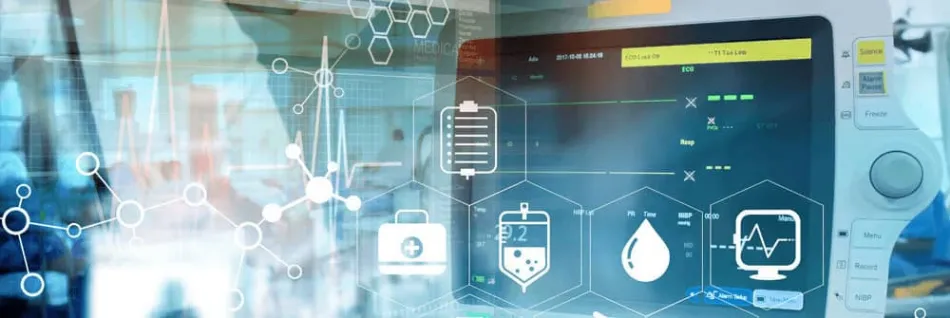New ISO standards for medical devices

From sticking plasters to MRI machines, medical devices help to save lives and improve the quality of everyday living for many. Some 500 000 technologies are already in existence and, with ageing populations, advances in medicine and the increased prevalence of chronic diseases, that number keeps on growing. Estimates put the value of the global medical devices industry to reach a whopping USD 612 billion by 2025.
There are many international standards and guidance documents aimed at helping the sector ensure its products are safe and effective while meeting the multitude of national, regional and international regulatory requirements that must be adhered to. The latest additions have just been published, aimed specifically at manufacturers, providing guidance on correct product information and effective monitoring of the device once it is on the market.
ISO 20417, Medical devices – Information to be supplied by the manufacturer, simplifies the process of meeting product information regulations by providing common generic requirements that are consistent across all devices in all geographical locations. The new standard will serve as a central source, thus reducing the likelihood of duplication and leaving specific product standards to focus more precisely on their unique requirements.
Technical report ISO/TR 20416, Medical devices – Post-market surveillance for manufacturers, provides guidance on effectively monitoring the safety, performance and usability of the device in everyday use. This is essential to be able to spot any undesirable effects quickly, while also highlighting areas for improvement in safety, performance and usability.
Wil Vargas, Committee Manager of the ISO technical committee that developed the standards, said they are both aimed at helping manufacturers improve their products and meet all necessary laws and regulations in the most seamless and effective way.
“Through consulting with industry experts from all over the world, as well as considering the many regulations and other standards and guidance in this domain, we have done a lot of the legwork for manufacturers,” he said.
“These two documents, therefore, not only embody international best practice but help manufacturers adhere to national and regional regulations and recommendations such as those from the International Medical Device Regulators Forum, EU directives on medical devices and many other International Standards, including ISO 13485, Medical devices – Quality management systems – Requirements for regulatory purposes.”
These standards are available from our e-shop.
